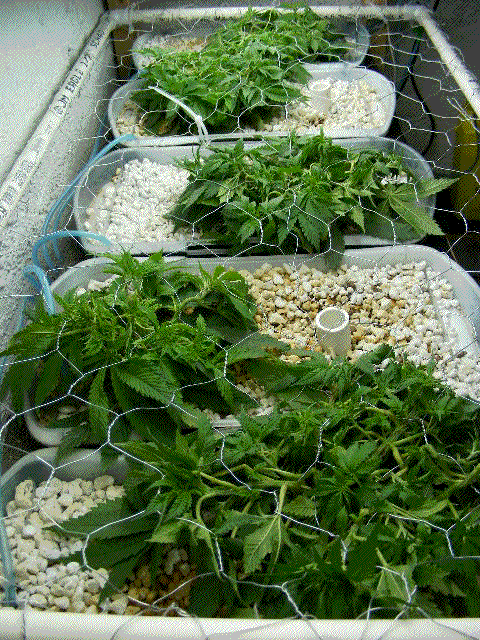Hey Snap,
I'm sure our more experienced resident organic growers will chime in, but I think your mix sounds fine.
When I amended mine I used bone meal and hoof/horn as the main N sources. I doubled them up effectively, since one is longer release than the other, and it seems to have worked fine. I would do that, and keep the guano for teas and if necessary a top dressing.
Same with the rock phosphate I think. It's slow release as I recall.
I think with the alfalfa/comfrey, use a half measure, and keep the recommended amount (or more) seaweed meal for it's Mg.
One thing I'm noticing with the plants, is that they want more Mg, but I'm not sure if I put enough seaweed meal in (main source of Mg), so you could perhaps increase that by a bit, just to be sure. I think you have to go easy on the lime if you want fungi friendly soil too.
That would do it I think.
I'm sure our more experienced resident organic growers will chime in, but I think your mix sounds fine.
When I amended mine I used bone meal and hoof/horn as the main N sources. I doubled them up effectively, since one is longer release than the other, and it seems to have worked fine. I would do that, and keep the guano for teas and if necessary a top dressing.
Same with the rock phosphate I think. It's slow release as I recall.
I think with the alfalfa/comfrey, use a half measure, and keep the recommended amount (or more) seaweed meal for it's Mg.
One thing I'm noticing with the plants, is that they want more Mg, but I'm not sure if I put enough seaweed meal in (main source of Mg), so you could perhaps increase that by a bit, just to be sure. I think you have to go easy on the lime if you want fungi friendly soil too.
That would do it I think.





